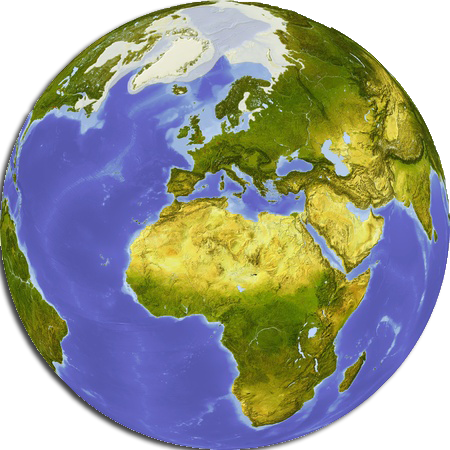Land degradation and land use change are critical issues in the context of integrated management of surface and groundwater. The linkages between surface water and groundwater are well illustrated by the impacts of land degradation. Deforestation and poor agricultural practices, coupled with degradation of protected areas, particularly in the upstream regions, result in reduced precipitation retention rates. This leads to rapid runoff and reduced groundwater recharge. The impact on surface water regime includes decreased base flow during the dry season and increased amplitude of flood events. Sediment loads are also increased. The observed impact on groundwater is decreased infiltration and recharge.
Conservation of forests and protected areas, improvement of agricultural practices, and appropriate land use are essential elements to achieve the objectives of this project. The proposed projects under Component 2 of this proposal aim to support and even mainstream these objectives.
The intensive removal of permanent vegetation cover in just a few decades has altered the recharge patterns of the shallow groundwater table. Indeed, water from the unsaturated zone is lost, but there is a seasonal enrichment of surface and groundwater:
- The decline in land productivity has resulted in deterioration of the hydrological status of the unsaturated zone due to the loss of organic matter and its storage capacity after the conversion of forests or grasslands. This has also increased the sediment load in rivers.
- A particular runoff phenomenon observed is known as the Sahelian paradox. There has been a transient increase in river flow, even when precipitation decreases. This phenomenon is caused by the fact that infiltration inhibits the properties of sediment-laden flows. The increased levels of transported sediments, particularly fine minerals, are caused by soil degradation resulting from poor land use practices.
- Another associated phenomenon occurs in certain regions where groundwater levels are recharged due to increased runoff. This has been notably observed in the study area. The groundwater levels recorded in 2010 were the highest ever observed, with elevation rates measured between 0.1 m/year and 0.4 m/year, apparently caused by land use changes.

